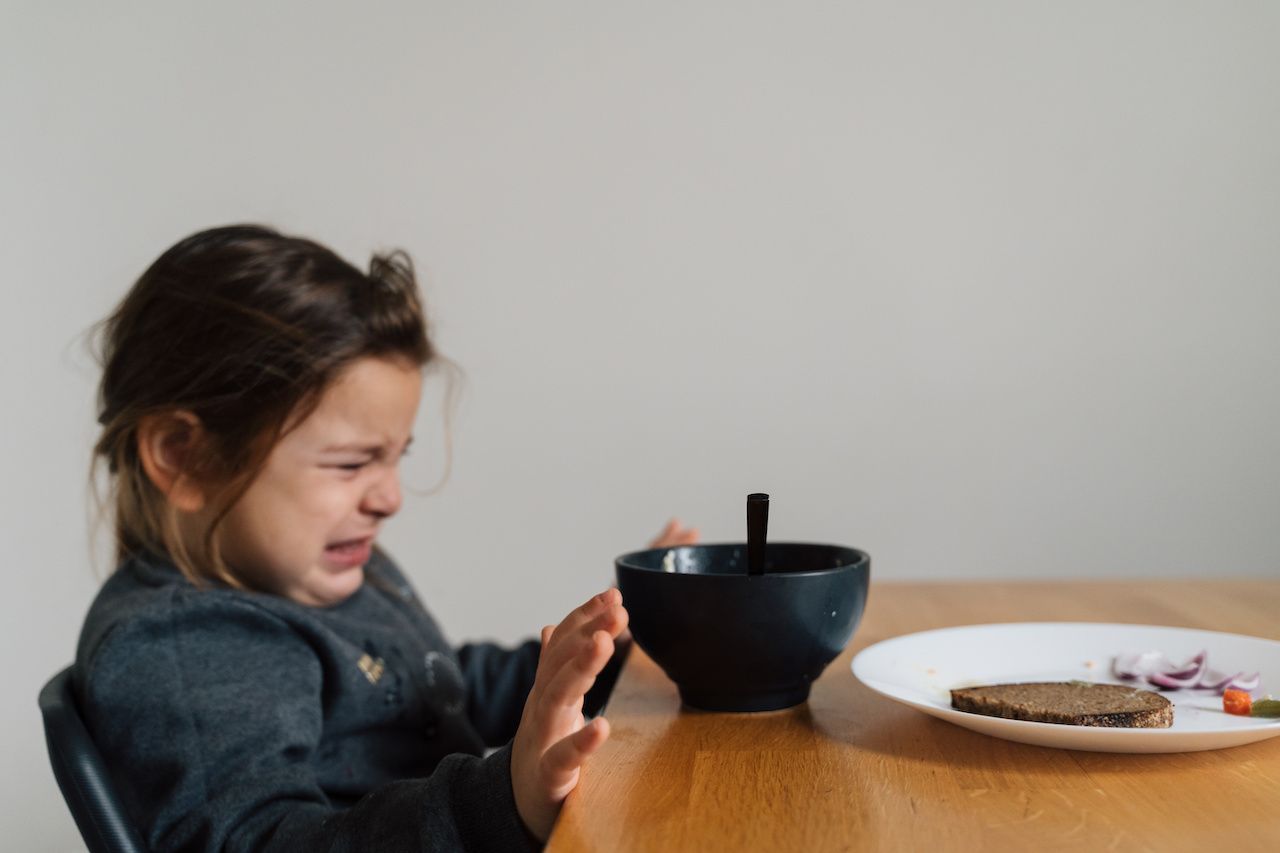Long-Term Treatment With Dupixent Safe, Effective in Children With EoE
Results of a phase 3, 52-week study showed a higher dose of Dupixent (dupilumab) reduced disease severity and improved signs and symptoms.
In the first analysis of longer-term data in children aged 1 to 11 years with eosinophilic esophagitis (EoE), a higher dose of Dupixent (dupilumab) was shown safe and effective for up to one year in a phase 3 trial.
The results were presented at the American College of Gastroenterology 2023 Annual Scientific Meeting.
Children with eosinophilic esophagitis suffer heartburn, vomiting, food refusal and more, which can impact their growth and development and cause food-related anxiety.
Image credit: troyanphoto - stock.adobe.com

EoE causes persistent difficulties with eating and abdominal pain. Dupixent is already approved to treat adults and certain adolescents with the condition. It is under Priority Review with the FDA and could be the first and only FDA-approved treatment for children in this age with EoE.
“Some children with EoE may have sub-optimal response to currently unapproved standard-of-care therapies, underscoring the need for treatments targeting key pathways driving inflammation in EoE,” Mirna Chehade, M.D., MPH, Mount Sinai Center for Eosinophilic Disorders, Icahn School of Medicine at Mount Sinai and principal investigator of the trial, said in a statement. “Data from this Phase 3 trial support the potential of dupilumab to treat EoE in children, with sustained efficacy and safety, which is particularly critical for these children.”
EoE is drive by type 2 inflammation, which causes damage to the esophagus so it cannot work properly. Dupixent inhibits signaling of the interleukin (IL)-4 and IL-13 pathways, which have been established as key and central drivers of the type 2 inflammation that plays a role in EoE, as well as atopic dermatitis, asthma, chronic rhinosinusitis with nasal polyps and prurigo nodularis.
Children with EoE suffer heartburn, vomiting, food refusal and more, all of which can impact their growth and development and cause food-related anxiety that impacts them into adulthood. A standard treatment for EoE is food elimination and off-label use of therapies like proton pump inhibitors and swallowed topical corticosteroids.
The recent results of the phase 3 trial evaluated extended active treatment following 16 weeks of Dupixent or placebo received in the first part of the trial. In this part, all children were treated with Dupixent for an additional 32 weeks. Nearly all of the patients (98%) had at least one coexisting type 2 inflammatory disease.
There were 55 children receiving a higher dose of Dupixent: 37 had continued on the dose from the first part of the study, while 18 had switched from placebo and were randomized to receive a high dose.
For the higher dose group, 63% who continued their dose and 53% who switched from placebo achieved histological disease remission. There was a 0.97 and 0.89 reduction in disease severity and an 0.89 and 0.86 reduction in extent for the continuation and switch, respectively, groups. Caregivers also reported improvements in pediatric signs and symptoms, as measured by the Pediatric EoE Sign/Symptom Questionnaire-caregiver version.
The safety results were similar to those seen in the first part of the study and are consistent with the known safety profile of Dupixent. Among the patients on the higher dose, common adverse events (≥ 20%) included COVID-19 (all cases mild and moderate), injection site reaction, cough, and headache.
The target action date for the FDA’s Priority Review of the supplemental Biologics License Application for higher dose Dupixent to treat children aged 1 to 11 years is January 31, 2024. Dupixent is already approved to treat moderate-to-severe atopic dermatitis in adults and children, eosinophilic esophagitis for adult and pediatric patients aged 12 years and older and prurigo nodularis in adult, and as add-on maintenance treatments for moderate-to-severe asthma in adults and children and for chronic rhinosinusitis with nasal polyps in adults.
The phase 3 trial is still ongoing with a third part of the study being a 108-week open-label extension period to evaluate longer-term outcomes.
Black/African American Patients With Atopic Dermatitis Report Improvements, Satisfaction on Dupixent
November 2nd 2023A subgroup analysis of real-world patient survey data found Black/African American patients with moderate to severe atopic dermatitis had improved disease control, symptoms and treatment satisfaction on Dupixent.
Read More
In Type 2 Inflammation, an Unexpected Relationship Between Itchiness and Inflammation
October 26th 2023When interleukin (IL)-31 stimulates nerves that create itchiness it may also have a downstream effect that tempers inflammatory processes, according to mouse model research done by investigators at the University of California, San Francisco.
Read More